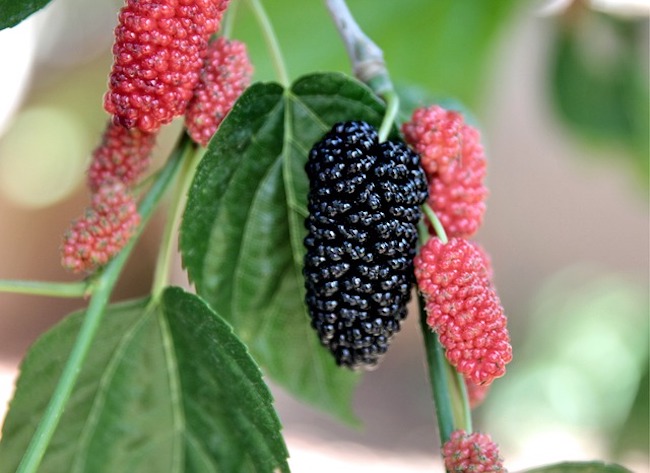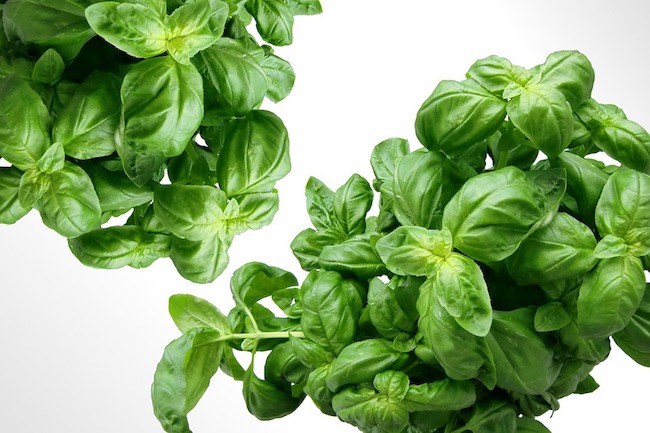Using Wild Plants For Teas: Brewing Your Own Backyard Herbal Medicines by: MaryEllen for Off The Grid News
Using wild plants for teas is something all “off the gridders” should consider. Heres why:
In an effort to use all the resources at your disposal (and to save money), learning how to use the “weeds” that are growing in your backyard or in the forests or fields on your property is a great idea. The truth is, the “wild areas” around your home literally abound with plants that are more than just additional greenery. And, many natural and native plants are not only edible but make excellent teas.
These teas are tasty and also nutritious or medicinal. People have been using wild plants for teas and tonics for thousands of years, but much of the knowledge escapes most of us. It’s time to take to the yard and look for some of these delightful herbals for your next cup of tea.
Using Wild Plants For Teas – Drying, Storing
The first lesson is to be very, very sure that you can correctly identify the plant you are about to harvest. Not all your wild greenery is friendly, so to avoid mistaking a nice herb for something poisonous, consider investing in a good plant identification book. A good one should cover your part of the country, have detailed descriptions and images, and mention any plants that are commonly misidentified.
In general, when you are harvesting and using wild plants for teas, you want the leaves of the plant. Simply pluck off the leaves as you need them or use sharp kitchen shears. The best time to harvest is in the morning after the dew has dried. It is also ideal to harvest just before flowers form, but it is not necessary. If you can see the leaves and they are in good shape, go ahead and take them. Because the leaves are the source of flavor and fragrance, be careful not to bruise, crush, or tear them while harvesting. You want them intact for later. With some plants, you will be harvesting the flowers or even the roots, rather than the leaves. If you are using the leaves only, you can collect the flowers for display in your home. They will smell and look lovely in a vase.
To use your wild herbal leaves for tea, you can either dry them or use them fresh. If you are harvesting a lot of leaves and want to save some for later, you can dry or freeze them for storage. Typical measurements for making tea from fresh leaves and dry leaves are three teaspoons and one teaspoon, respectively, per cup of water. If you will be drying your herbs for storage, harvest complete branches with the leaves intact. Dry them by hanging the branches upside down in a cool, dry place that is free from disturbances, dust, and debris. When they are dry, remove the leaves from the branches, crumble them by hand, and store them in glass containers. Another way to preserve your herbs is to freeze them. Pick the leaves from the branches of the plant and put them whole into resealable freezer bags.




